Home>Home Appliances>Heating & Cooling>How To Find A Leak In Central Heating
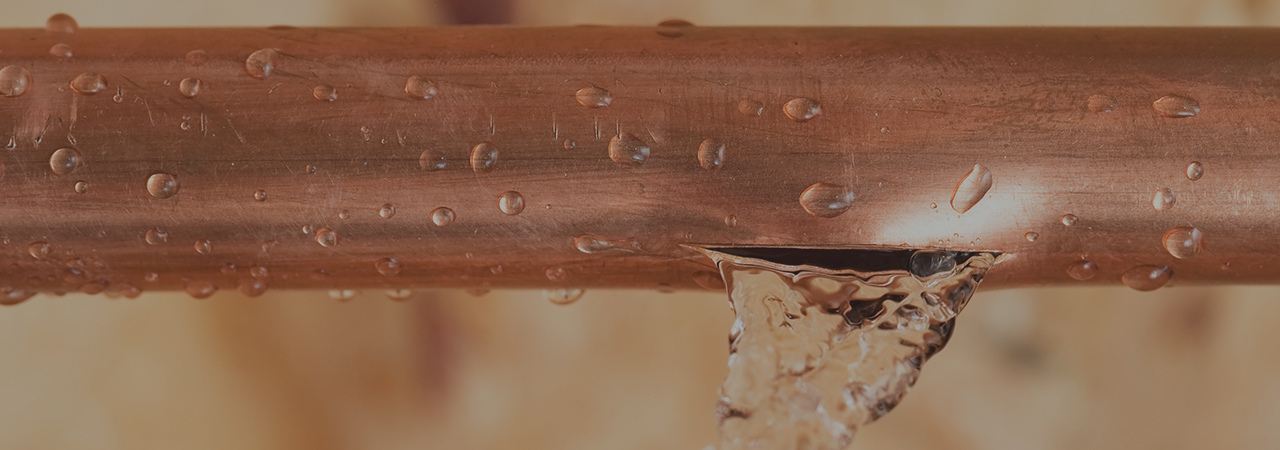

Heating & Cooling
How To Find A Leak In Central Heating
Modified: February 18, 2024
Learn how to easily find and fix a leak in your central heating system with our expert tips and advice. Keep your heating and cooling system running efficiently. Discover the best solutions now!
(Many of the links in this article redirect to a specific reviewed product. Your purchase of these products through affiliate links helps to generate commission for Storables.com, at no extra cost. Learn more)
Introduction
Central heating systems play a crucial role in maintaining a comfortable and cozy indoor environment, especially during the colder months. However, even the most well-maintained heating systems can develop leaks over time, leading to a range of issues such as reduced efficiency, increased energy bills, and potential water damage. Identifying and addressing these leaks promptly is essential to prevent further damage and ensure the optimal functioning of the heating system.
In this comprehensive guide, we will explore the various signs that indicate a central heating leak, as well as the steps you can take to locate and address the issue. Whether you are a homeowner, a tenant, or a property manager, understanding how to identify and address central heating leaks can save you time, money, and potential headaches down the line.
By familiarizing yourself with the signs of a central heating leak and learning how to conduct a thorough inspection of your heating system, you can take proactive measures to maintain its efficiency and prolong its lifespan. From checking for leaks in radiators to examining the boiler and inspecting the pipes, we will cover the essential steps to help you pinpoint the source of the leak and determine the most appropriate course of action.
Moreover, we will delve into the use of leak detection products, providing insights into how these innovative solutions can simplify the process of identifying and addressing central heating leaks. Additionally, we will discuss the importance of seeking professional assistance when dealing with complex or hard-to-detect leaks, highlighting the expertise and specialized tools that professional heating engineers bring to the table.
By the end of this guide, you will have a comprehensive understanding of how to find a leak in your central heating system and the various options available for resolving the issue. Whether you prefer a hands-on approach or decide to enlist the help of a professional, the knowledge gained from this guide will empower you to make informed decisions and safeguard the efficiency and functionality of your central heating system. Let's dive into the world of central heating leaks and equip ourselves with the knowledge and tools needed to address them effectively.
Key Takeaways:
- Early detection of central heating leaks is crucial. Look out for signs like reduced boiler pressure, cold spots on radiators, unexplained water damage, strange noises, increased energy bills, and loss of system efficiency.
- Regularly inspect radiators, boilers, and pipes for leaks. Use methods like visual inspection, pressure tests, tissue tests, and leak detection fluid. Consider professional help for complex leaks.
Read more: Central Heating Leaks – How To Fix
Signs of a Central Heating Leak
Detecting a central heating leak early is crucial for preventing potential damage and maintaining the efficiency of the system. Understanding the signs that indicate a central heating leak can help you take prompt action and mitigate any potential issues. Here are the key signs to look out for:
-
Drop in Boiler Pressure: One of the primary indicators of a central heating leak is a noticeable drop in boiler pressure. If you find yourself frequently needing to repressurize the boiler, it could be a sign of a leak within the system.
-
Cold Spots on Radiators: When air or water escapes from the central heating system, it can lead to cold spots on the radiators. If you notice that certain areas of the radiators are not heating up as they should, it may indicate a leak in the system.
-
Unexplained Water Damage: Keep an eye out for unexplained water damage around the boiler, radiators, or pipes. This could manifest as water stains, dampness, or even mold growth. Such signs may point to a hidden leak within the system.
-
Strange Noises: If you hear unusual gurgling or hissing noises coming from the central heating system, it could be a result of air or water escaping through a leak. These sounds are often an early warning sign of a potential issue.
-
Increased Energy Bills: A sudden spike in energy bills without a corresponding increase in usage can be indicative of a central heating leak. When the system is leaking, it needs to work harder to maintain the desired temperature, leading to higher energy consumption.
-
Loss of System Efficiency: A central heating system with a leak may struggle to maintain consistent warmth throughout the property. If you notice a decrease in the overall efficiency of the system, it's worth investigating for potential leaks.
By being vigilant for these signs, you can catch central heating leaks early and take the necessary steps to address them effectively. Identifying these indicators promptly can help prevent further damage and ensure that your central heating system operates at its best.
Checking for Leaks in Radiators
When it comes to central heating systems, radiators are integral components that warrant close attention when searching for potential leaks. Here's how you can systematically check for leaks in radiators:
-
Visual Inspection: Begin by visually examining each radiator for any signs of corrosion, rust, or water stains. These visual cues can often indicate the presence of a leak. Pay particular attention to the connections between the radiator and the valves, as well as the seams and welds along the radiator's surface.
-
Pressure Test: Conduct a pressure test to assess the integrity of the radiators. Start by turning off the heating system and allowing the radiators to cool down. Once they are cool, use a radiator key to bleed any trapped air from the radiators. Next, repressurize the system to the recommended pressure level and monitor the pressure gauge for any rapid drops, which could signify a leak in the radiator.
-
Tissue Test: Another method to detect radiator leaks is by using a tissue or paper towel. Carefully run the tissue along the joints, valves, and seams of the radiator while the heating is on. If the tissue becomes damp or shows signs of moisture, it indicates a potential leak in that area.
-
Leak Detection Fluid: Consider using a specialized leak detection fluid designed for central heating systems. This fluid, when applied to the radiator connections and seams, can reveal the presence of leaks by changing color upon contact with water. This method provides a visual indication of any leaks, making it easier to pinpoint the affected areas.
-
Thermal Imaging: For a more advanced approach, thermal imaging technology can be employed to identify temperature differentials on the surface of the radiators. Anomalies in temperature patterns can indicate areas where heat is escaping due to a leak, providing valuable insights into potential leak locations.
By systematically employing these methods, you can effectively check for leaks in radiators and identify any areas of concern within the central heating system. Promptly addressing any identified leaks can help maintain the efficiency of the system and prevent further damage, ensuring that your central heating system operates optimally.
Inspecting the Boiler
The boiler is the heart of the central heating system, responsible for heating water and distributing warmth throughout the property. When searching for central heating leaks, conducting a thorough inspection of the boiler is essential. Here's a detailed exploration of the steps involved in inspecting the boiler for potential leaks:
-
Visual Examination: Begin by visually inspecting the boiler for any visible signs of leaks. Look for water stains, dampness, or corrosion around the boiler unit, particularly near the pipes, valves, and connections. Additionally, check for any pooling of water or moisture accumulation in the vicinity of the boiler, as these can indicate a leak.
-
Pressure Check: Verify the boiler's pressure gauge to ensure it is within the recommended range. A sudden drop in pressure, or the need for frequent repressurization, can be indicative of a leak within the system. Monitoring the pressure gauge over time can provide valuable insights into the presence of a leak.
-
Pipework Inspection: Thoroughly examine the pipework connected to the boiler, paying close attention to the joints, fittings, and valves. Look for any signs of corrosion, rust, or water droplets along the pipes, as these can signal potential leaks. Additionally, check for any unusual hissing or gurgling sounds emanating from the pipework, which may indicate air or water escaping through a leak.
-
Boiler Functionality: Assess the overall functionality of the boiler, taking note of any irregularities in its operation. If the boiler is struggling to maintain consistent warmth or if there are fluctuations in water temperature, it could be a result of a leak impacting the system's efficiency.
-
Combustion Chamber Inspection: For sealed system boilers, it's crucial to inspect the combustion chamber for any signs of water accumulation or leaks. Any presence of water within the combustion chamber can point to a leak within the boiler, necessitating immediate attention.
-
Professional Boiler Service: Consider scheduling a professional boiler service and inspection to ensure that the unit is operating at its best. Certified heating engineers possess the expertise and specialized tools to conduct a comprehensive assessment of the boiler, identifying and addressing any potential leaks or performance issues.
By meticulously inspecting the boiler using these methods, you can effectively identify potential leaks and take proactive measures to address them. Prompt detection and resolution of boiler leaks are vital for preserving the efficiency and longevity of the central heating system, safeguarding your home's comfort and minimizing the risk of water damage.
Check for signs of water damage, such as damp patches or mold, around radiators, pipes, and the boiler. Use a pressure gauge to check for drops in pressure, which could indicate a leak in the central heating system.
Examining the Pipes
When it comes to identifying potential leaks in a central heating system, a comprehensive examination of the pipes is crucial. The network of pipes serves as the circulatory system of the heating system, transporting hot water to the radiators and ensuring consistent warmth throughout the property. Here's a detailed exploration of the steps involved in examining the pipes for potential leaks:
-
Visual Inspection: Begin by visually inspecting the exposed pipes, focusing on areas where they are accessible, such as the boiler room or under the floorboards. Look for any visible signs of corrosion, rust, or moisture along the length of the pipes. Pay close attention to the joints, fittings, and valves, as these are common areas where leaks may occur.
-
Pressure Test: Conduct a pressure test to assess the integrity of the pipes. Start by shutting off the heating system and allowing the pipes to cool down. Once they have cooled, pressurize the system to the recommended pressure level and monitor the pressure gauge for any rapid drops. A significant pressure drop can indicate a leak in the pipes, prompting further investigation.
-
Pipe Insulation: Check the insulation surrounding the pipes, particularly in areas where they pass through unheated spaces such as attics or crawl spaces. Damaged or deteriorated insulation can lead to condensation and moisture buildup on the pipes, potentially masking underlying leaks. Addressing any insulation issues can help prevent future leaks and maintain the efficiency of the system.
-
Pipe Material Assessment: Evaluate the material composition of the pipes, as different materials have varying susceptibilities to corrosion and leaks. For example, older steel pipes are more prone to corrosion, while modern copper or plastic pipes offer greater resistance to deterioration. Understanding the material composition can provide insights into the potential risk of leaks and guide maintenance efforts.
-
Leak Detection Devices: Consider utilizing electronic leak detection devices designed to identify leaks in concealed or hard-to-reach areas of the piping network. These advanced tools can pinpoint the exact location of leaks by detecting changes in moisture levels or temperature gradients along the pipes, facilitating precise leak detection and targeted repairs.
-
Professional Inspection: If you encounter challenges in identifying potential leaks or if the piping network is complex and extensive, it may be beneficial to enlist the expertise of a professional heating engineer. Certified professionals have the knowledge and specialized equipment to conduct a thorough inspection of the pipes, identifying and addressing any leaks with precision.
By meticulously examining the pipes using these methods, you can effectively identify potential leaks and take proactive measures to address them. Timely detection and resolution of pipe leaks are essential for preserving the efficiency and longevity of the central heating system, ensuring consistent warmth and comfort within your home.
Read more: How To Find Roof Leak
Using Leak Detection Products
In the quest to identify and address central heating leaks, the utilization of advanced leak detection products can significantly streamline the process, offering enhanced precision and efficiency. These innovative products are designed to pinpoint the exact location of leaks within the central heating system, enabling homeowners and professionals to take targeted measures for resolution.
One of the most commonly employed leak detection products is specialized leak detection fluid. This fluid, often available in convenient spray bottles, is formulated to change color upon contact with water, providing a visual indication of leaks. By carefully applying the leak detection fluid to the suspected areas, such as radiator connections, boiler fittings, or pipe joints, any presence of leaks becomes readily apparent. This method offers a straightforward and effective means of identifying leaks, allowing for prompt remedial action.
In addition to leak detection fluid, electronic leak detection devices have emerged as invaluable tools for detecting concealed or hard-to-reach leaks within the central heating system. These devices utilize advanced sensor technology to detect changes in moisture levels, temperature differentials, or acoustic anomalies along the piping network or around the boiler and radiators. By analyzing these subtle variations, electronic leak detection devices can precisely pinpoint the location of leaks, even in areas where visual inspection may be challenging. This level of precision not only expedites the identification of leaks but also minimizes the need for invasive exploratory work, thereby reducing disruption and potential damage to the property.
Thermal imaging cameras represent another cutting-edge technology that has found application in the realm of central heating leak detection. By capturing infrared images of the heating system components, thermal imaging cameras can reveal temperature differentials indicative of potential leaks. Anomalies in temperature patterns, such as localized hotspots or cool areas, can serve as clear indicators of leaks within the radiators, pipes, or the boiler. This non-invasive and rapid method of leak detection offers a comprehensive overview of the system's condition, facilitating targeted repairs and maintenance.
By incorporating these advanced leak detection products into the process of identifying central heating leaks, homeowners and professionals can expedite the detection and resolution of leaks, safeguarding the integrity and efficiency of the heating system. The seamless integration of these innovative products enhances the overall maintenance and care of central heating systems, ensuring optimal performance and prolonged functionality.
Calling a Professional
When confronted with complex central heating leaks or when faced with challenges in identifying the precise source of a leak, enlisting the expertise of a professional heating engineer becomes a prudent course of action. Certified heating professionals bring a wealth of knowledge, experience, and specialized tools to the table, enabling them to conduct thorough assessments and precise leak detection within central heating systems.
Professional heating engineers possess the expertise to navigate the intricacies of central heating systems, allowing them to systematically inspect the boiler, radiators, and piping network for potential leaks. Their in-depth understanding of heating system dynamics and components equips them to identify subtle indicators of leaks that may elude untrained eyes. Moreover, their familiarity with a wide range of heating system configurations and models enables them to tailor their approach to the specific nuances of each system, ensuring comprehensive leak detection and resolution.
In addition to their expertise, professional heating engineers leverage advanced diagnostic tools and technologies to facilitate precise leak detection. Electronic leak detection devices, thermal imaging cameras, and specialized pressure testing equipment are among the arsenal of tools at their disposal. These tools enable them to pinpoint the exact location of leaks, even in concealed or hard-to-reach areas, without the need for invasive exploratory work. By leveraging these advanced technologies, heating professionals streamline the leak detection process, expediting the identification of leaks and minimizing disruption to the property.
Furthermore, engaging the services of a professional heating engineer provides homeowners with the assurance of accurate diagnosis and effective resolution of central heating leaks. Upon identifying the source of the leak, heating professionals can recommend and implement targeted repairs, ensuring that the underlying issue is addressed comprehensively. Their proficiency in executing precise repairs and maintenance tasks contributes to the long-term integrity and efficiency of the central heating system, preserving the comfort and well-being of the occupants.
Ultimately, calling a professional heating engineer for central heating leak detection and resolution offers homeowners peace of mind, knowing that their heating system is in capable hands. By leveraging the expertise, experience, and advanced tools of heating professionals, homeowners can navigate the complexities of central heating leaks with confidence, safeguarding the functionality and longevity of their heating systems.
Frequently Asked Questions about How To Find A Leak In Central Heating
Was this page helpful?
At Storables.com, we guarantee accurate and reliable information. Our content, validated by Expert Board Contributors, is crafted following stringent Editorial Policies. We're committed to providing you with well-researched, expert-backed insights for all your informational needs.
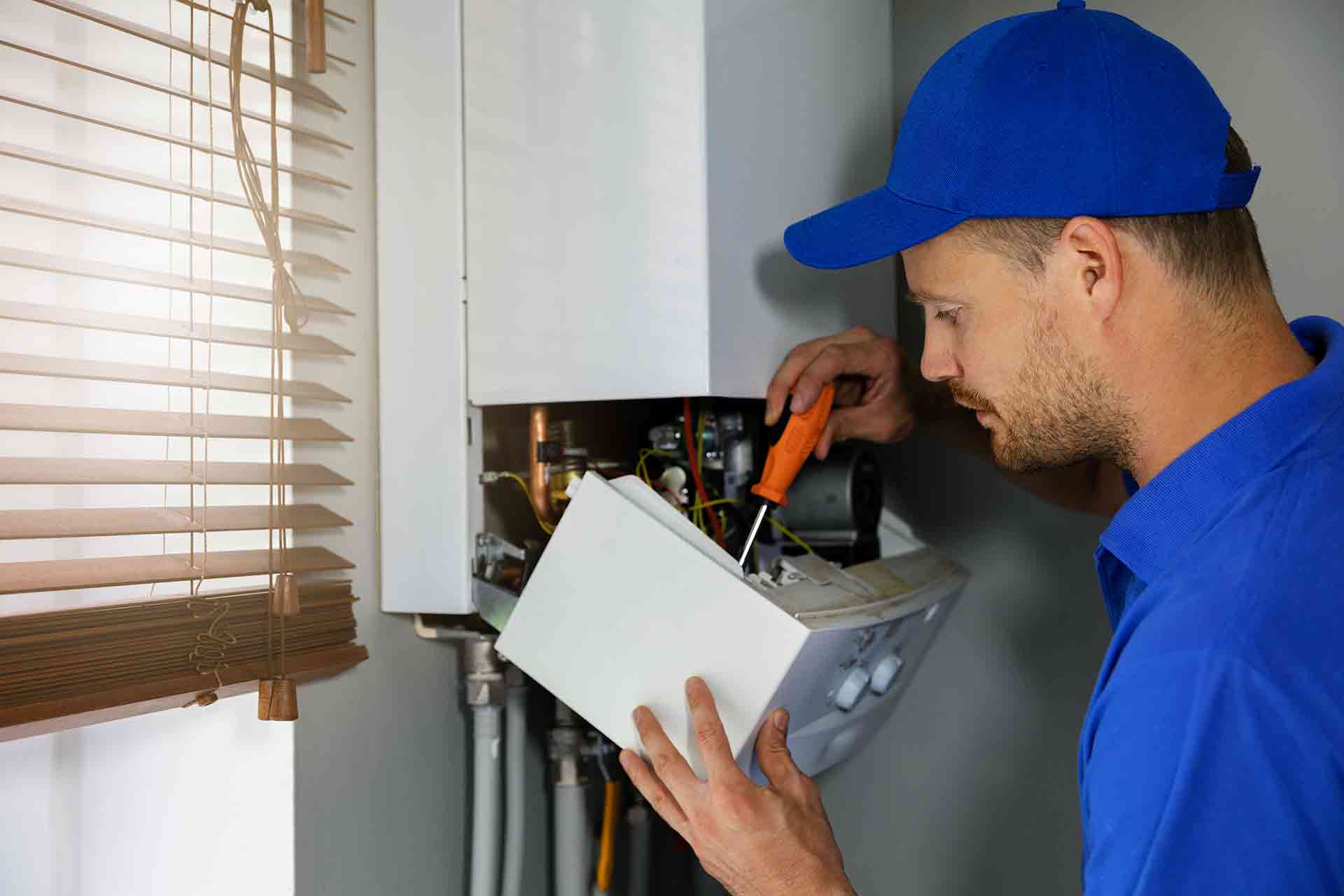
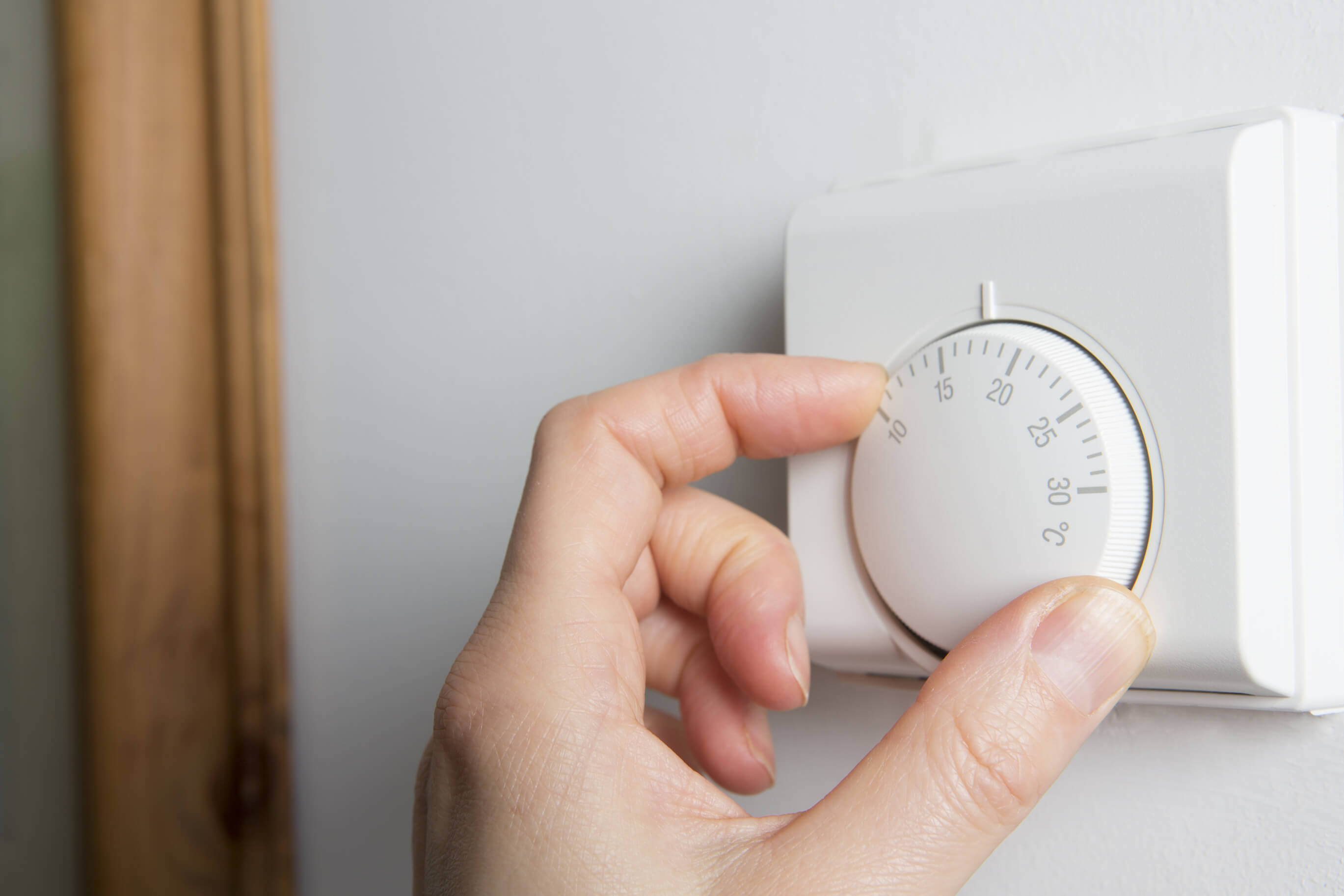
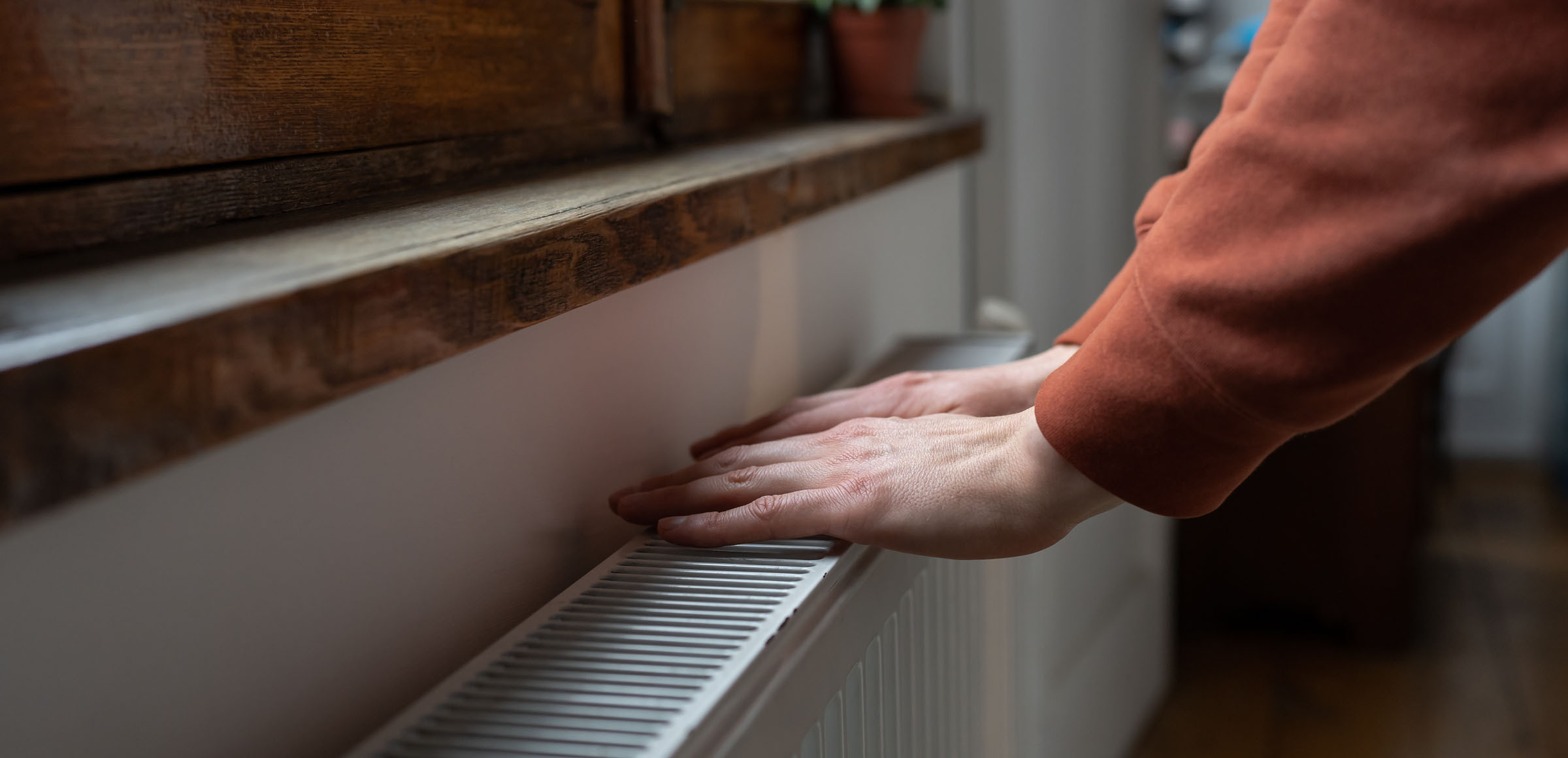
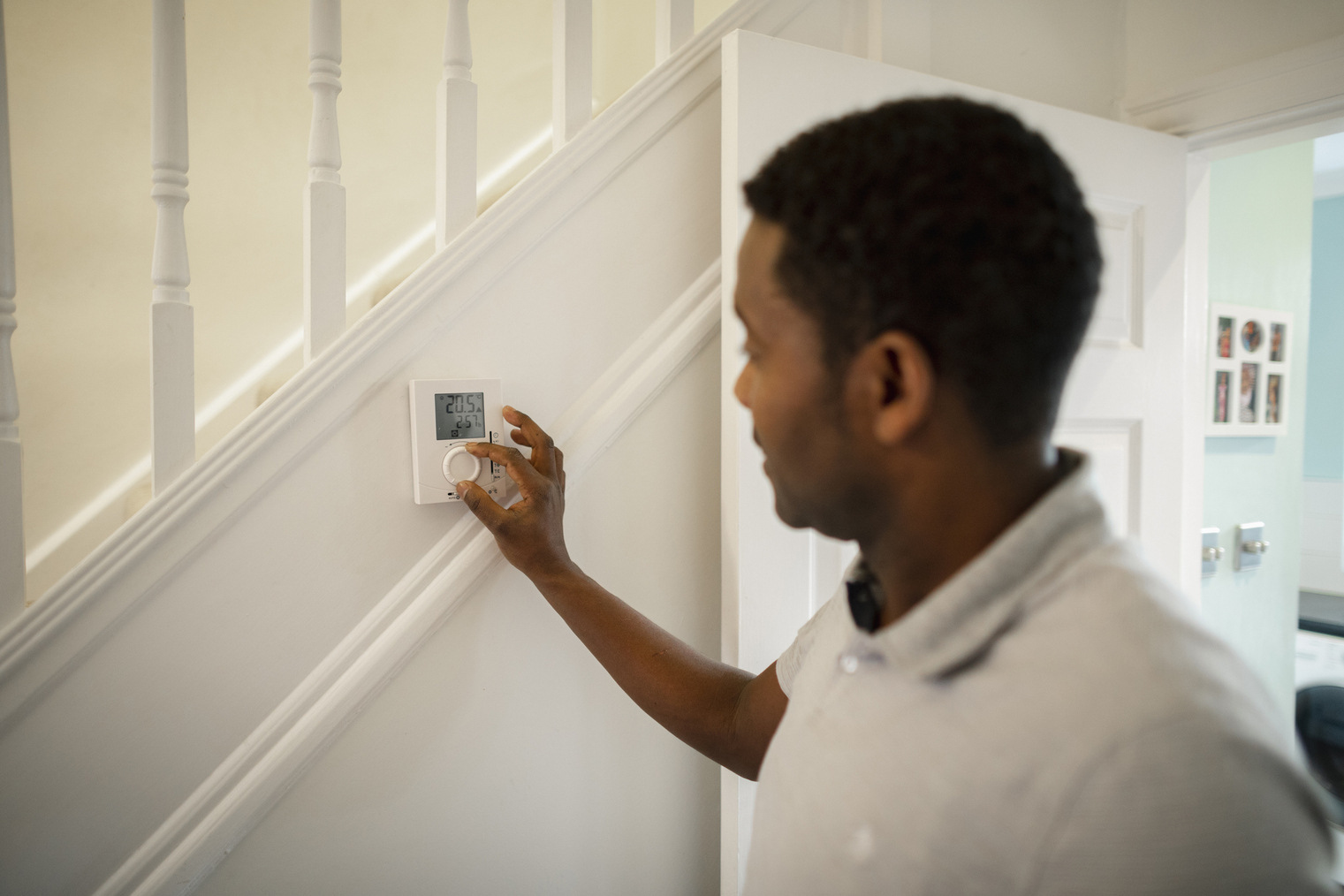
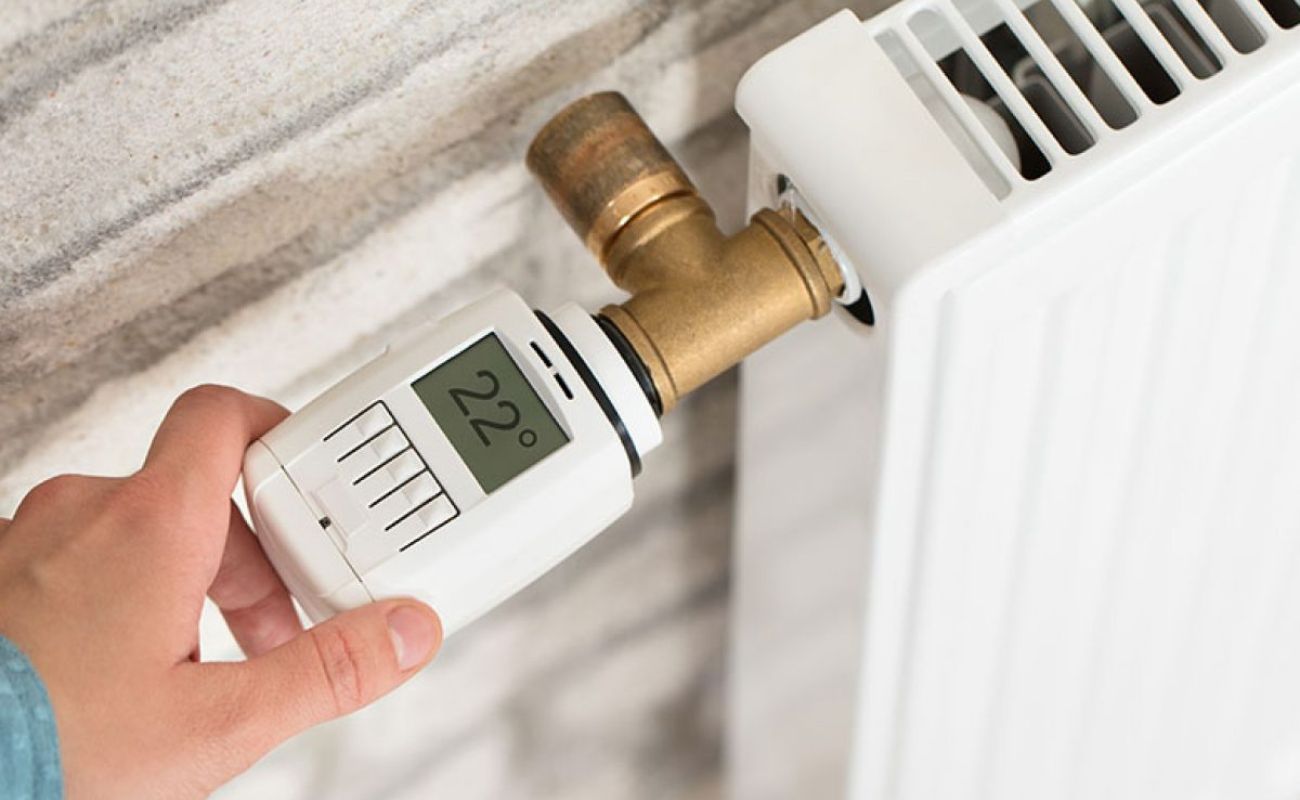
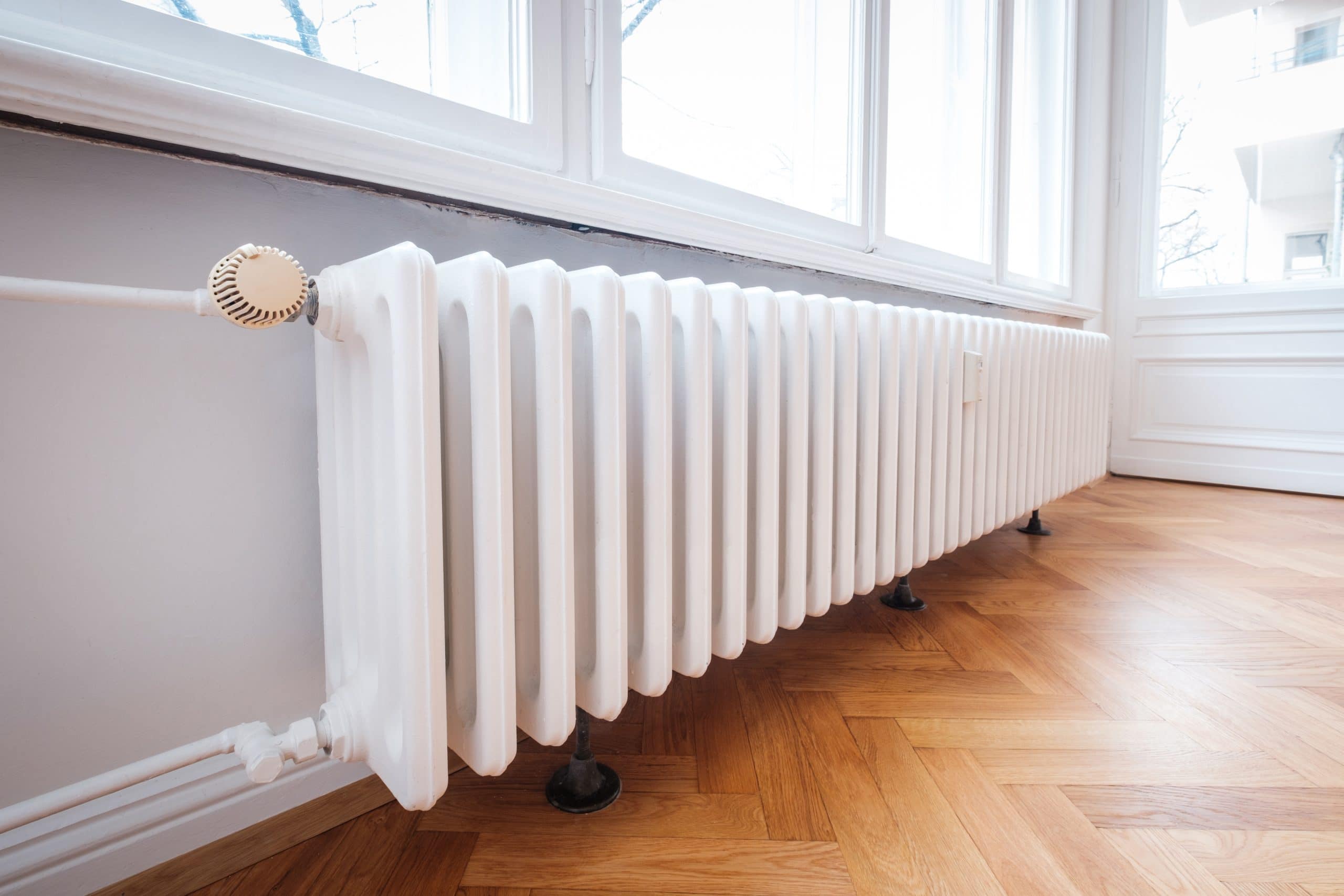
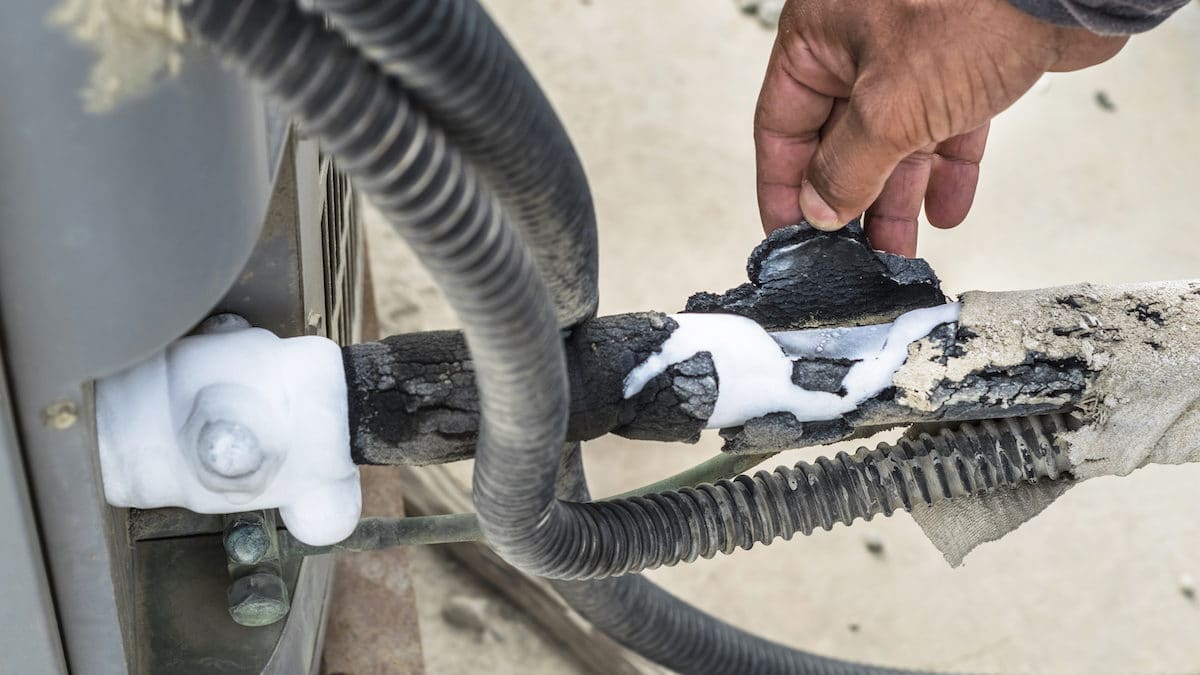
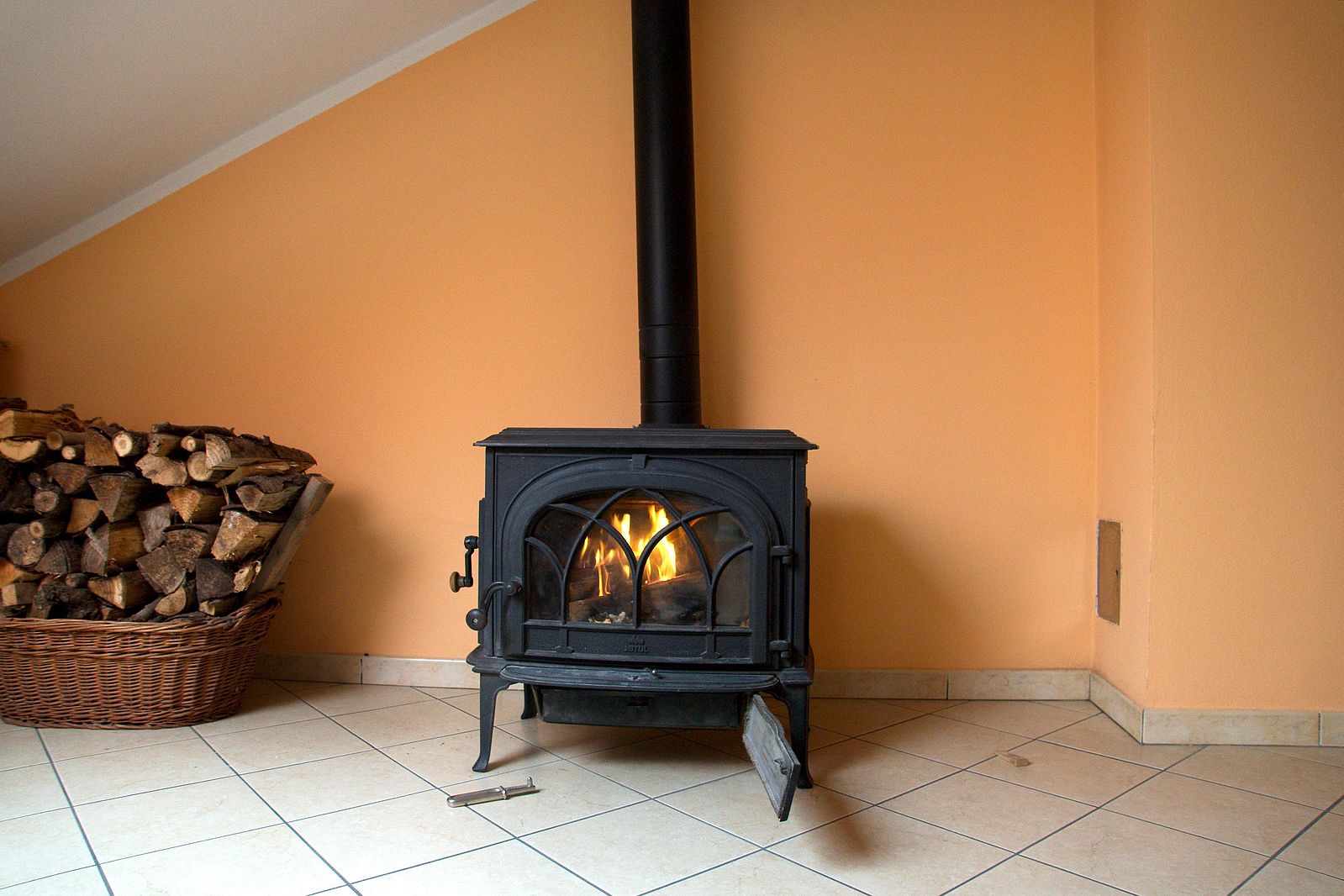
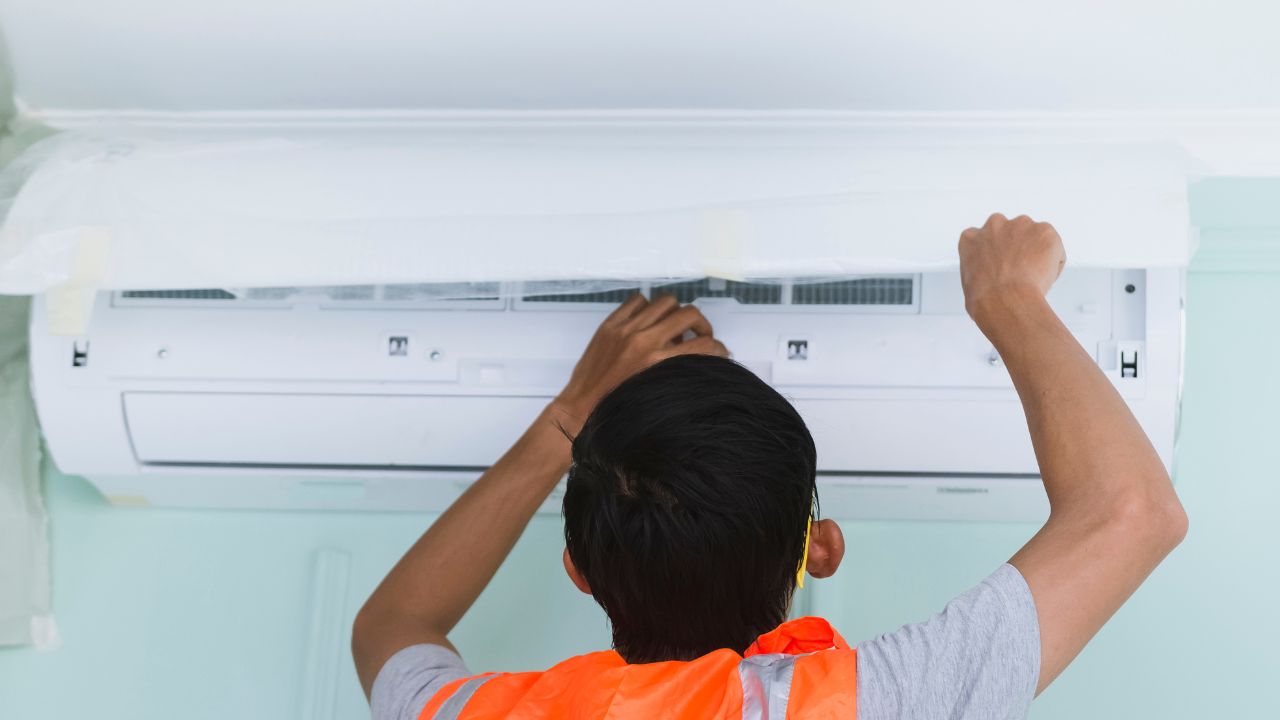
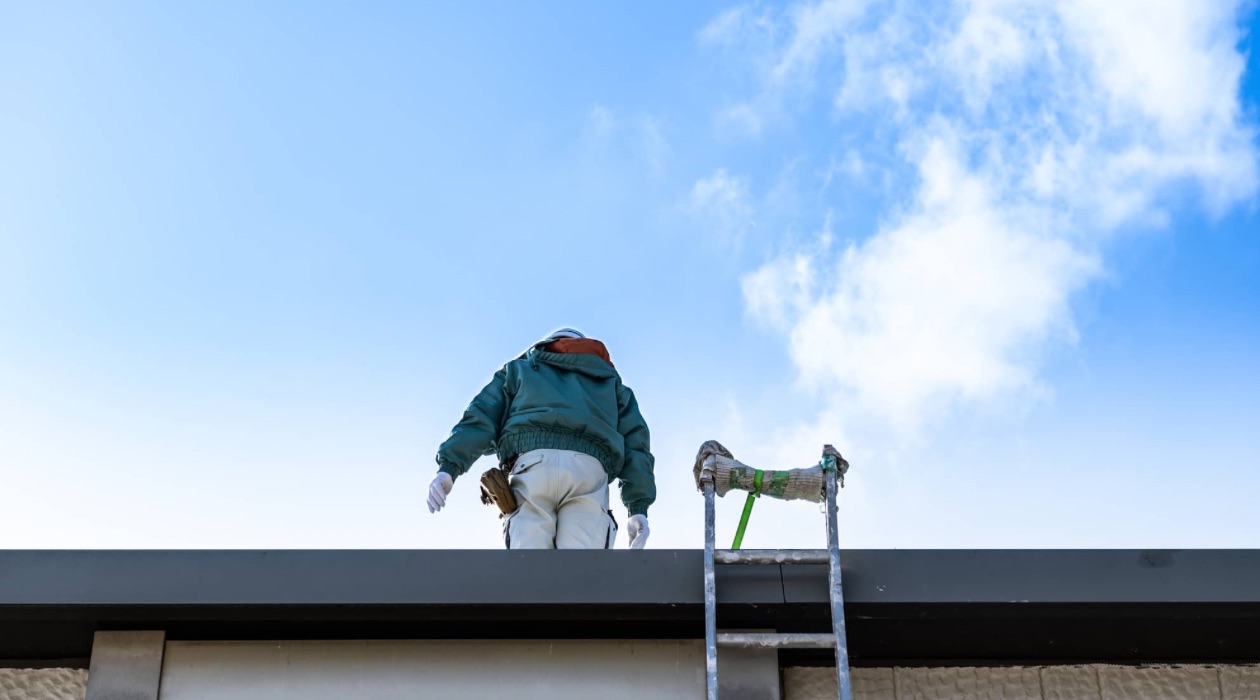
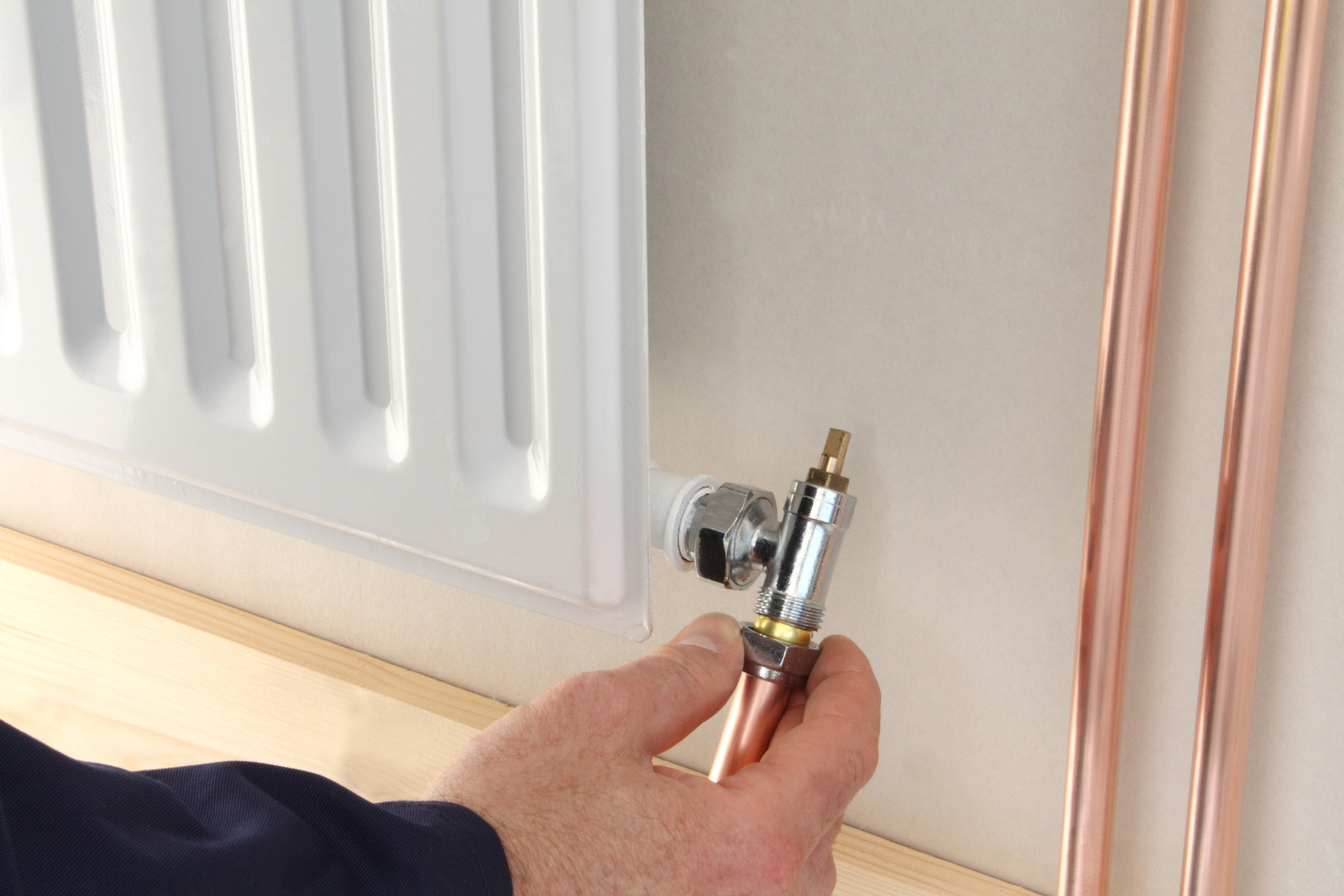
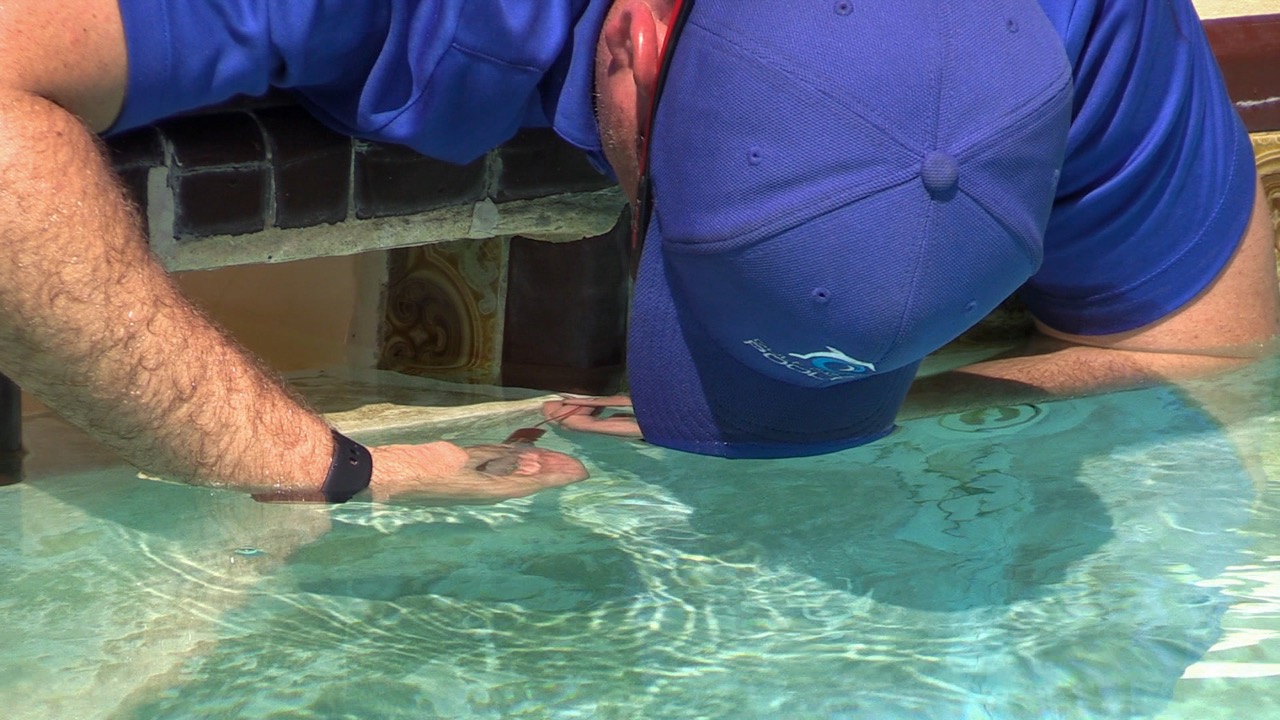
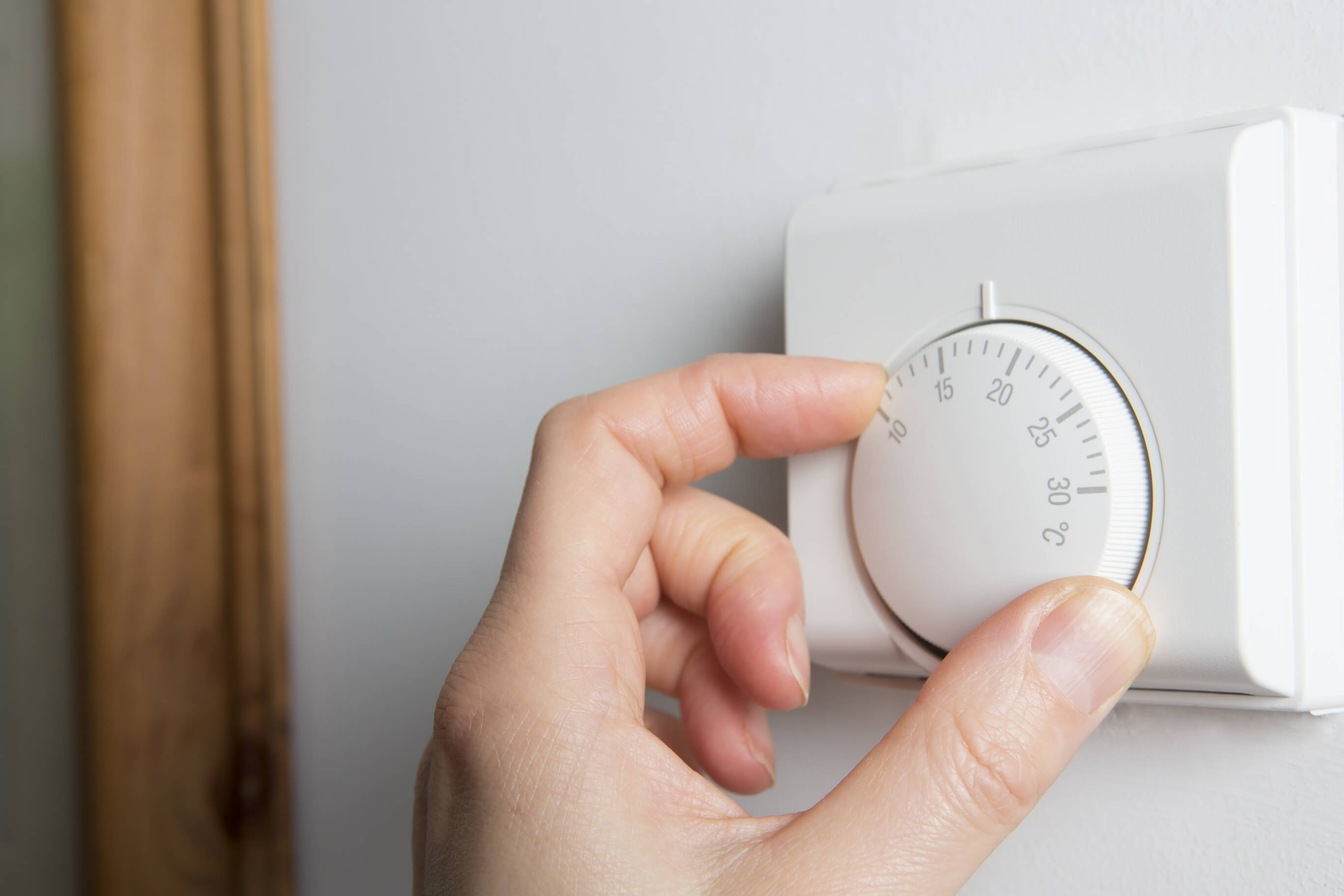
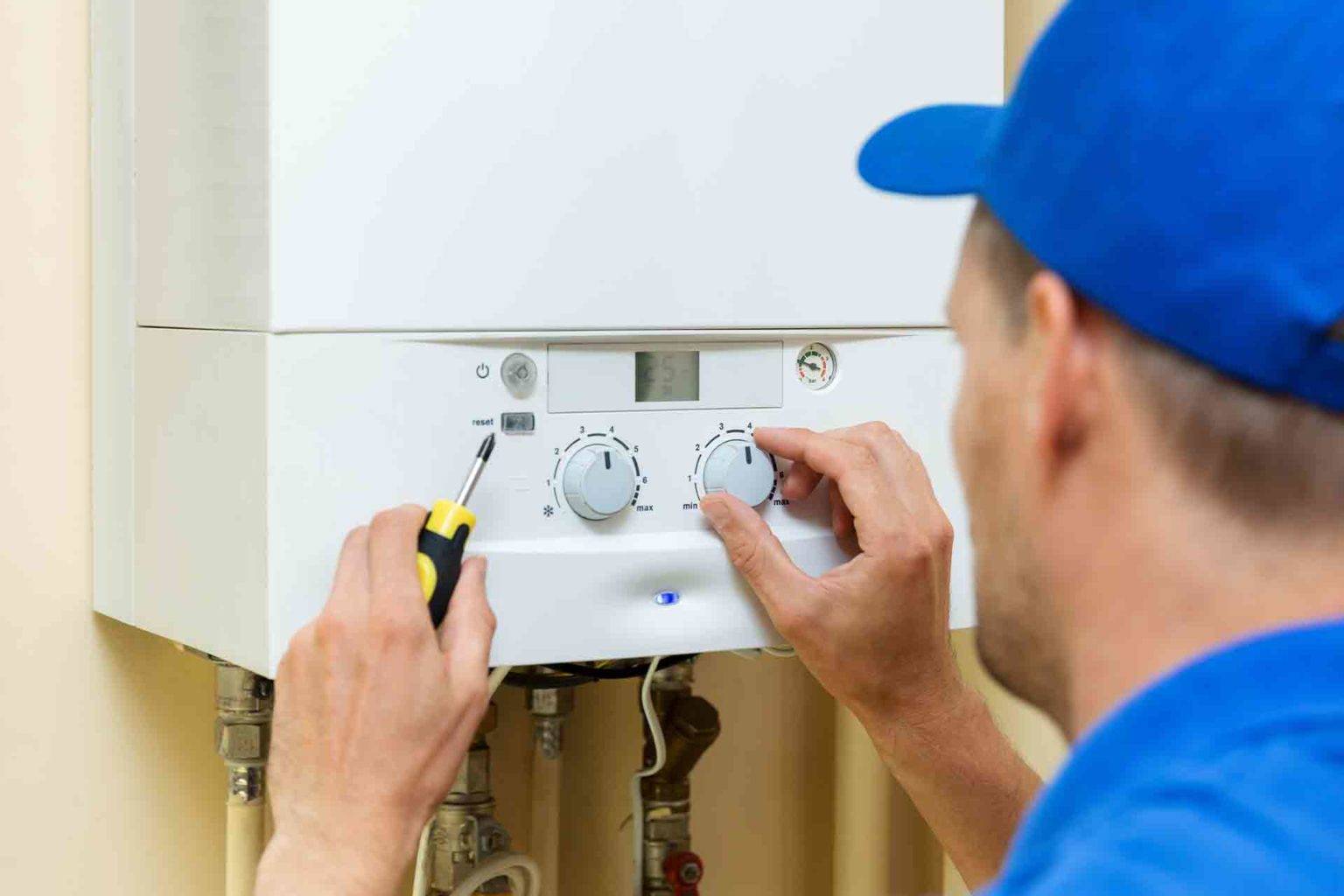

0 thoughts on “How To Find A Leak In Central Heating”